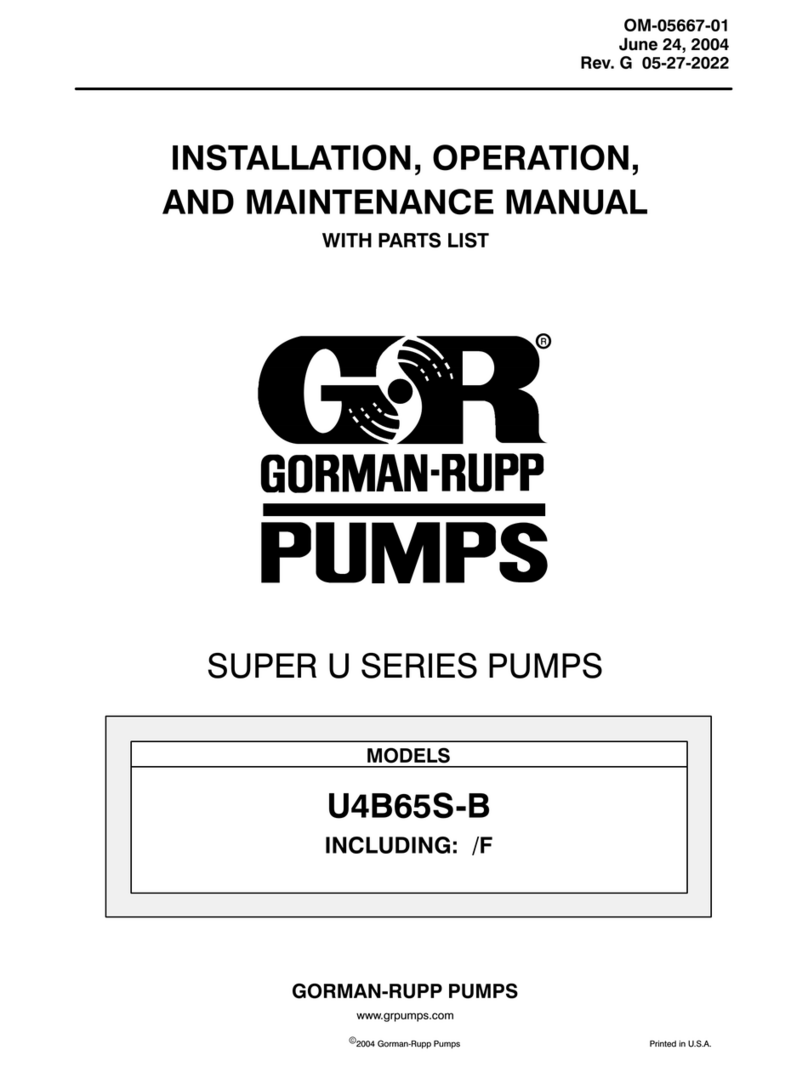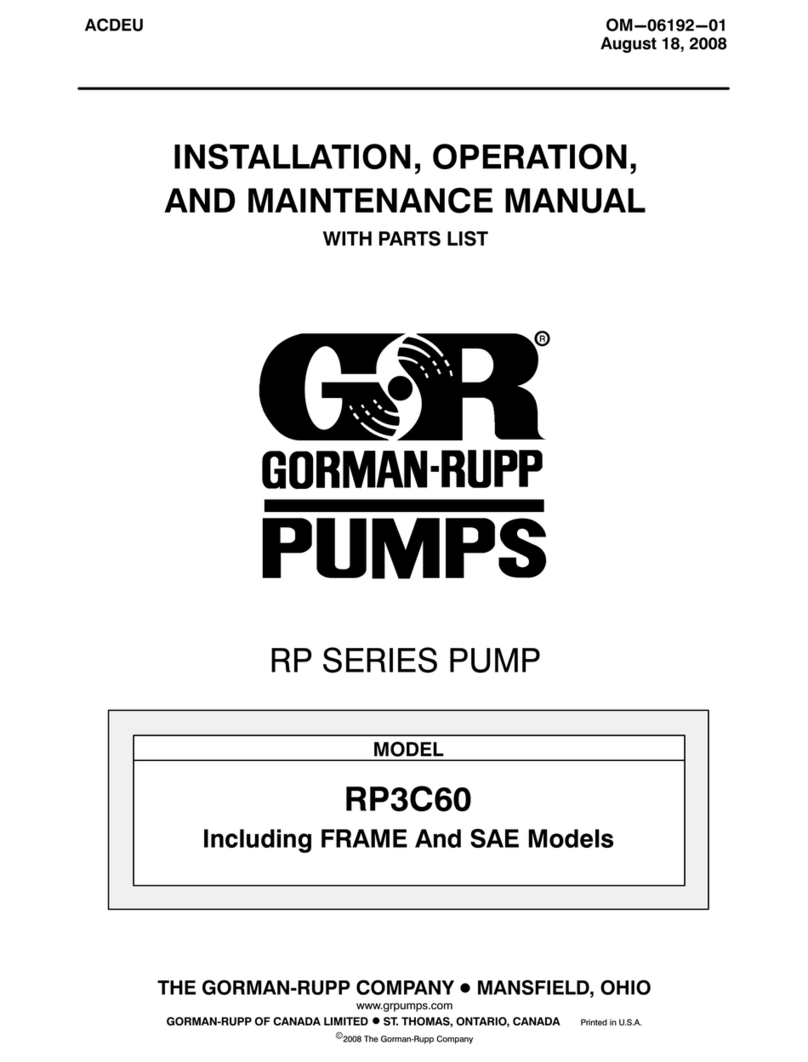GORMAN-RUPP PUMPS PRIME-AIRE Series Operating instructions




















Other manuals for PRIME-AIRE Series
5
This manual suits for next models
7
Other GORMAN-RUPP PUMPS Water Pump manuals
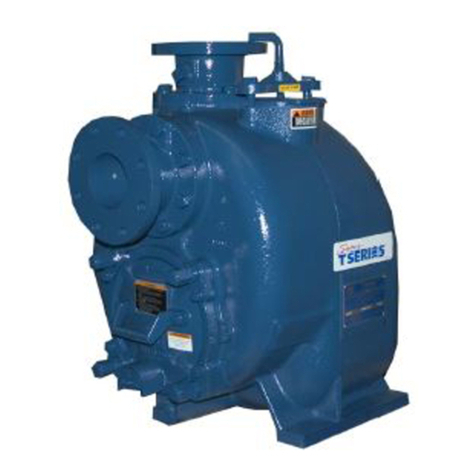
GORMAN-RUPP PUMPS
GORMAN-RUPP PUMPS T4A61S-B Application guide
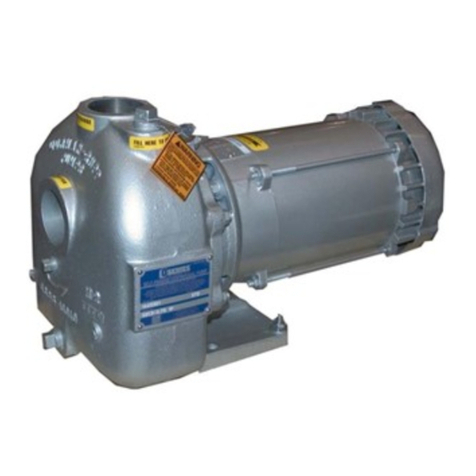
GORMAN-RUPP PUMPS
GORMAN-RUPP PUMPS 02K31-X2 1P Application guide

GORMAN-RUPP PUMPS
GORMAN-RUPP PUMPS SF4D Application guide
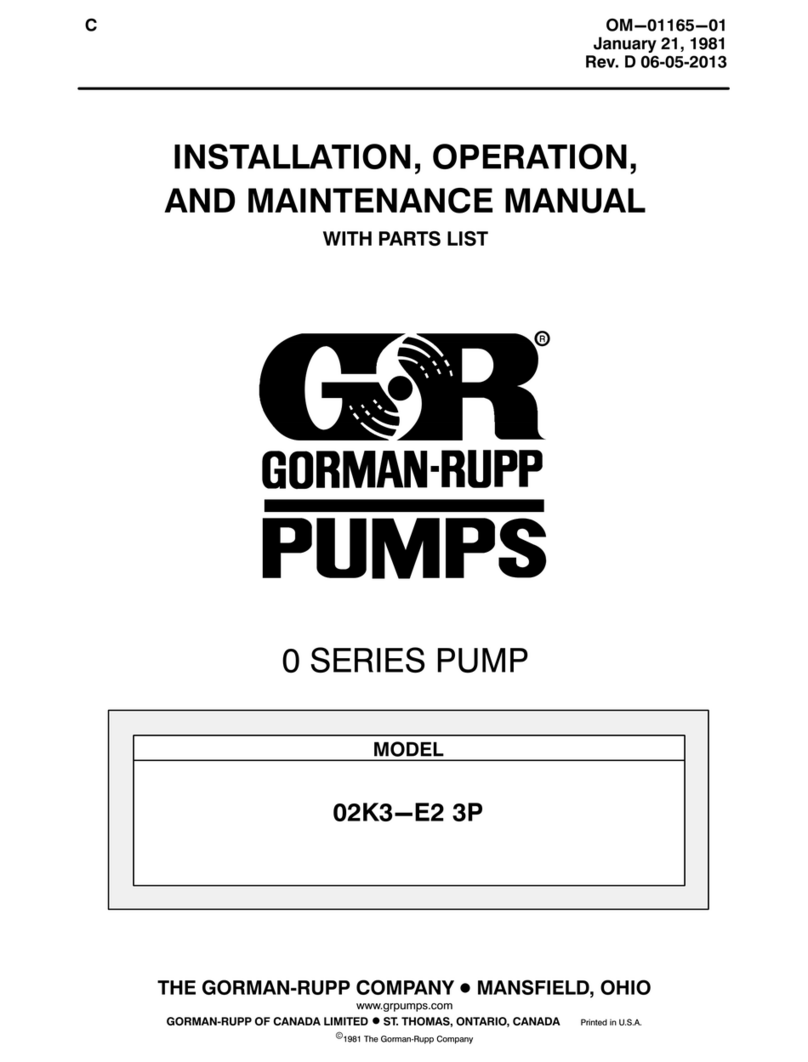
GORMAN-RUPP PUMPS
GORMAN-RUPP PUMPS 02K3-E2 3P Application guide

GORMAN-RUPP PUMPS
GORMAN-RUPP PUMPS PRIME-AIRE Series User manual

GORMAN-RUPP PUMPS
GORMAN-RUPP PUMPS 80 Series Application guide

GORMAN-RUPP PUMPS
GORMAN-RUPP PUMPS 84A3-B Application guide
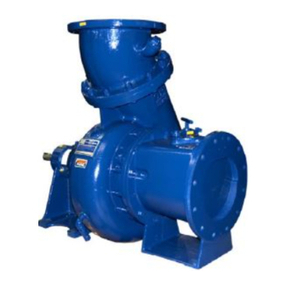
GORMAN-RUPP PUMPS
GORMAN-RUPP PUMPS 10 Series User manual

GORMAN-RUPP PUMPS
GORMAN-RUPP PUMPS S6C1-E35 460/3 User manual
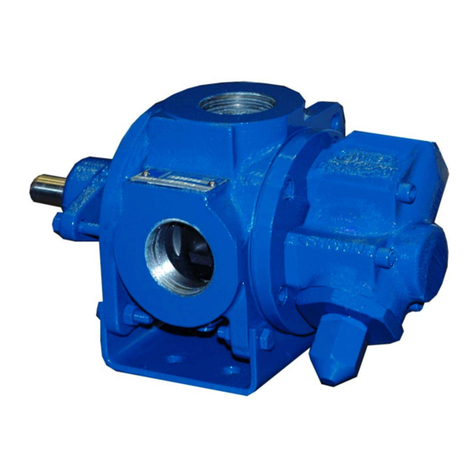
GORMAN-RUPP PUMPS
GORMAN-RUPP PUMPS GMS Series User manual

GORMAN-RUPP PUMPS
GORMAN-RUPP PUMPS 83A52-B User manual

GORMAN-RUPP PUMPS
GORMAN-RUPP PUMPS JDV4A60-E2.7 200/3 User manual

GORMAN-RUPP PUMPS
GORMAN-RUPP PUMPS 81 1/2A2-B Application guide

GORMAN-RUPP PUMPS
GORMAN-RUPP PUMPS 60 Series Application guide
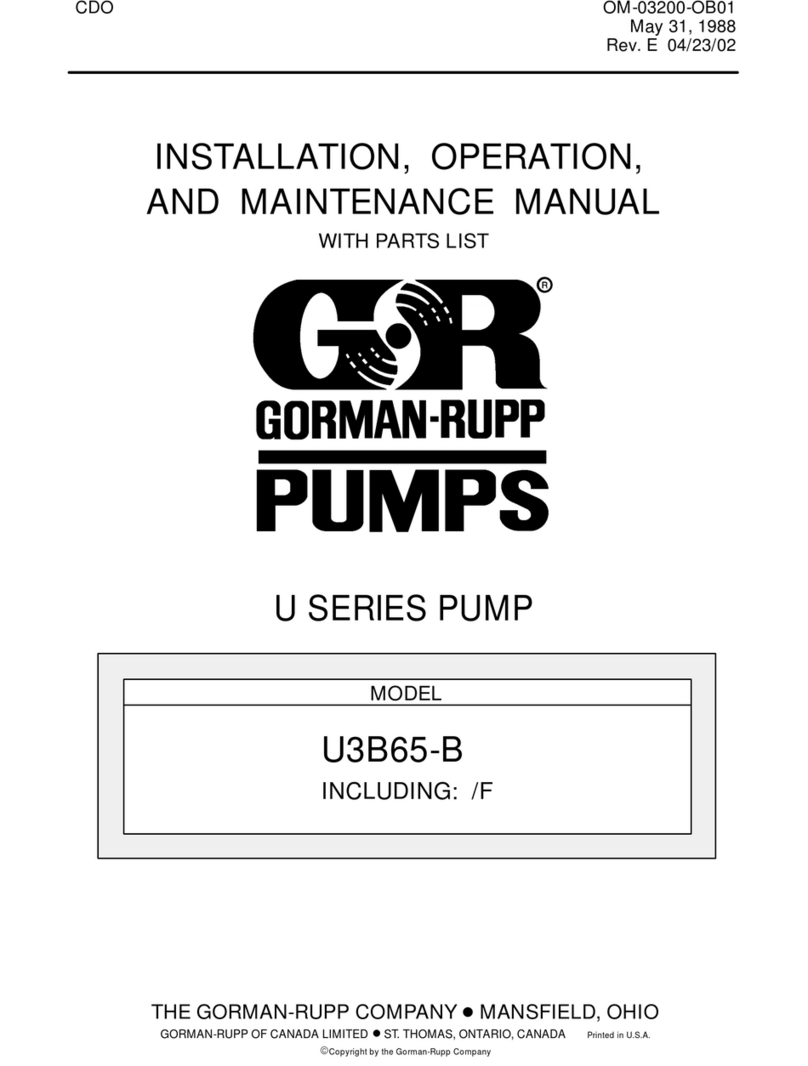
GORMAN-RUPP PUMPS
GORMAN-RUPP PUMPS U3B65-B User manual
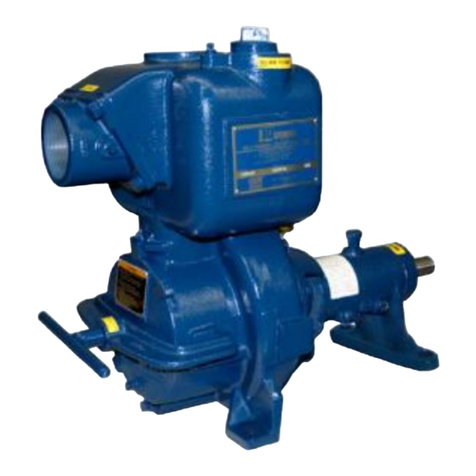
GORMAN-RUPP PUMPS
GORMAN-RUPP PUMPS 12B9-B Application guide

GORMAN-RUPP PUMPS
GORMAN-RUPP PUMPS 62 1/2A1-CH13 Series Application guide

GORMAN-RUPP PUMPS
GORMAN-RUPP PUMPS T8C71SC-B Application guide

GORMAN-RUPP PUMPS
GORMAN-RUPP PUMPS 82E52-B Application guide
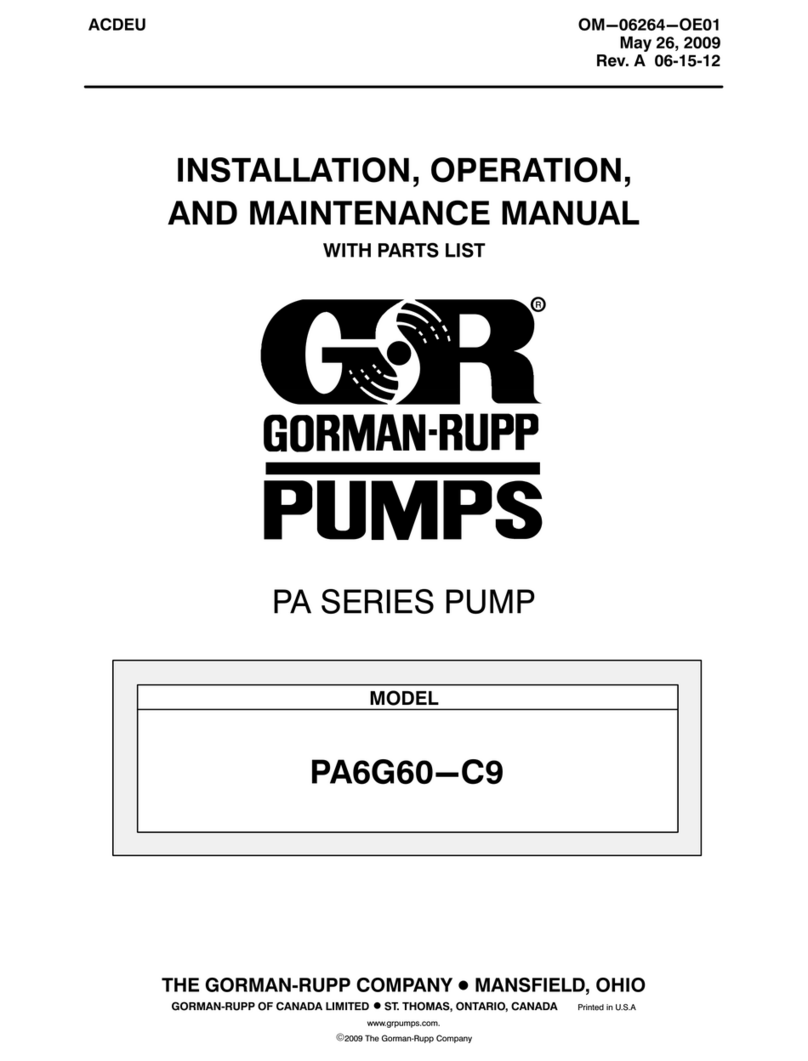
GORMAN-RUPP PUMPS
GORMAN-RUPP PUMPS PA Series User manual
Popular Water Pump manuals by other brands
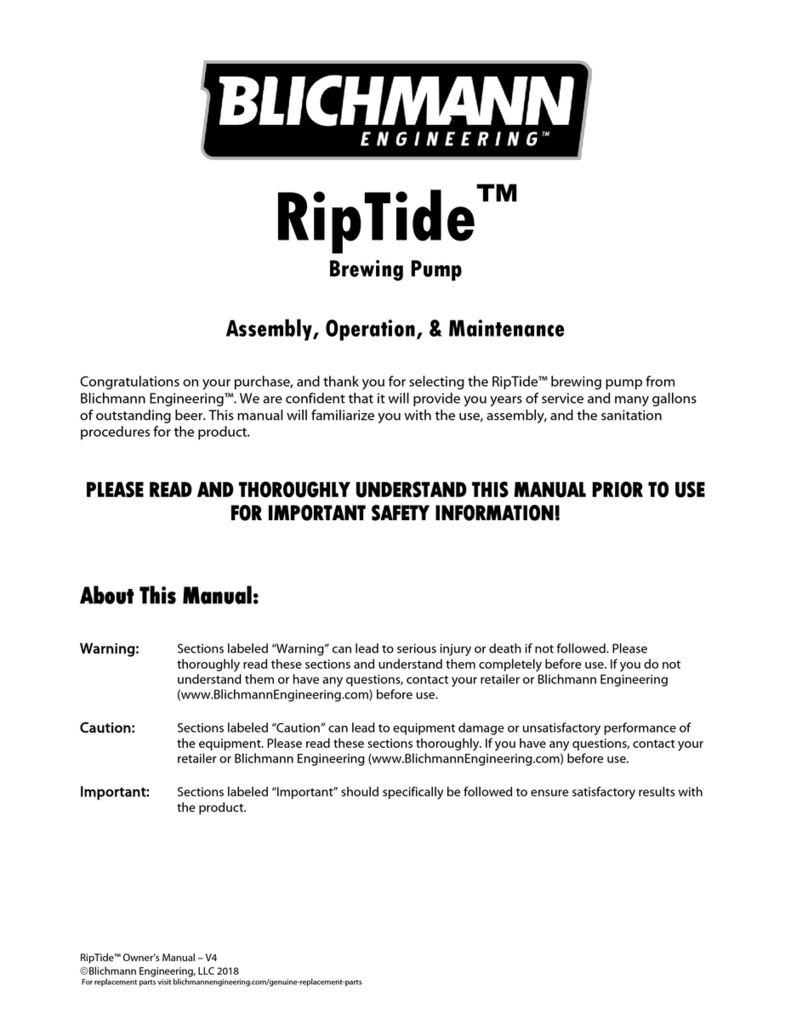
Blichmann
Blichmann RipTide Assembly operation maintenance

Franklin Electric
Franklin Electric Little Giant P-AAA instruction sheet

salmson
salmson Nexis-V x-care Installation and starting instructions
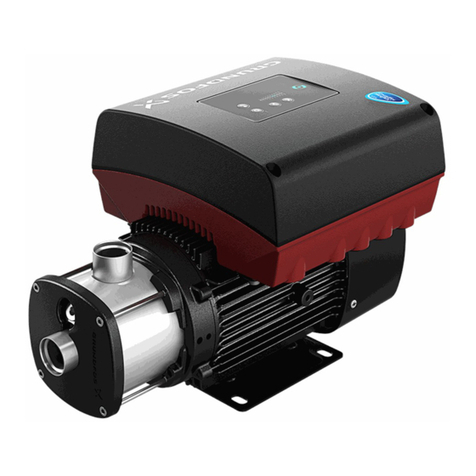
Grundfos
Grundfos CRE Installation and operating instructions

Verderflex
Verderflex Dura 45 operating manual

DYI SHENG
DYI SHENG DS14-S-02 operating manual
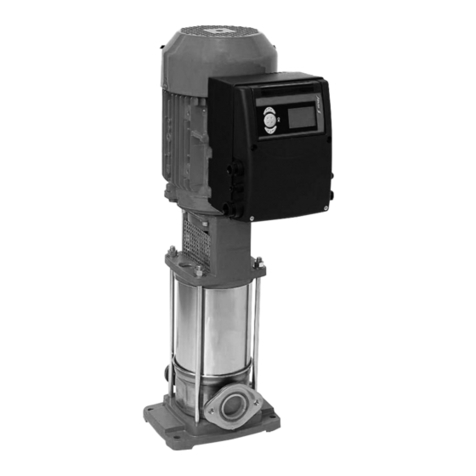
salmson
salmson MULTI-VE 2G Installation and starting instructions

SAER Elettropompe
SAER Elettropompe PMK Series manual

Becker
Becker SV 200 operating instructions
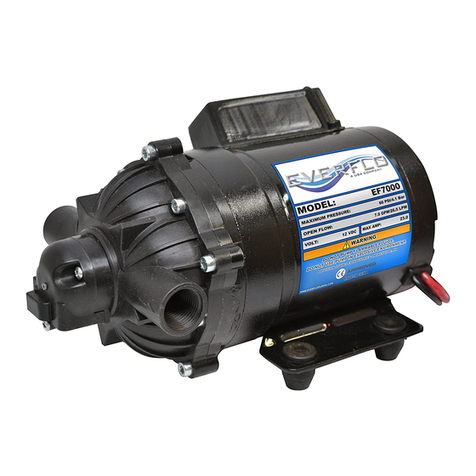
Everflo
Everflo EF 7000 owner's manual

Goulds Pumps
Goulds Pumps 3700 Installation, operation and maintenance manual
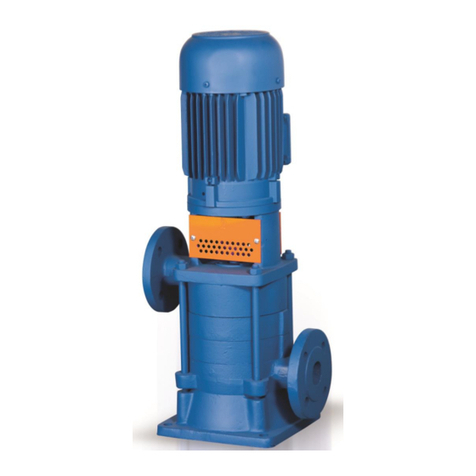
MAS
MAS KMU-V Series operating manual
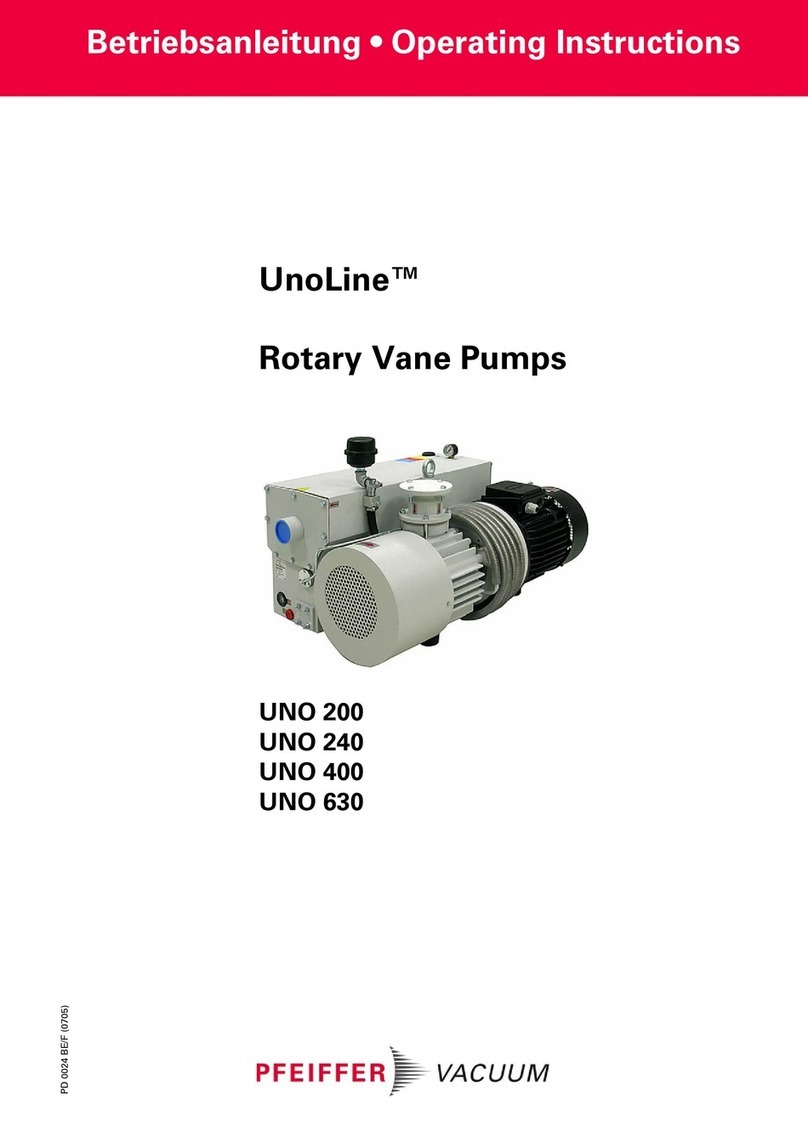
Pfeiffer Vacuum
Pfeiffer Vacuum UnoLine UNO 200 operating instructions

Pentair
Pentair ME40T20-R Installation and operation manual
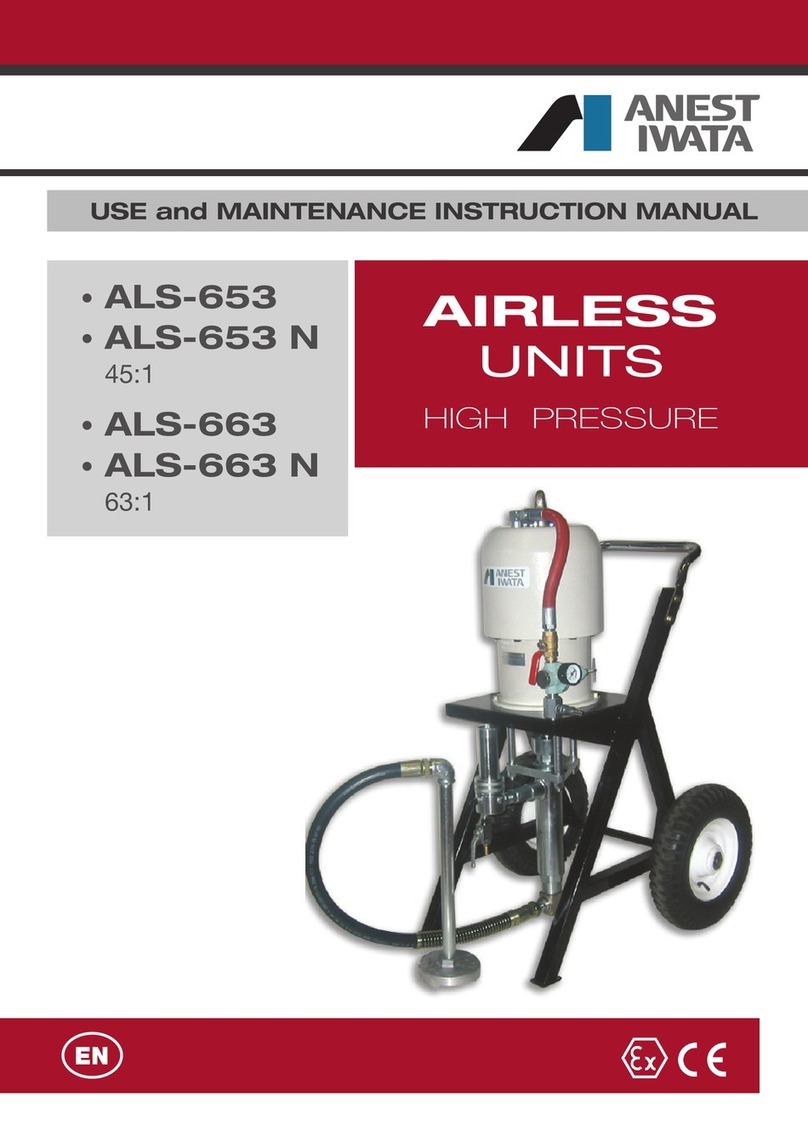
Anest Iwata
Anest Iwata ALS-653 Use and maintenance instruction manual
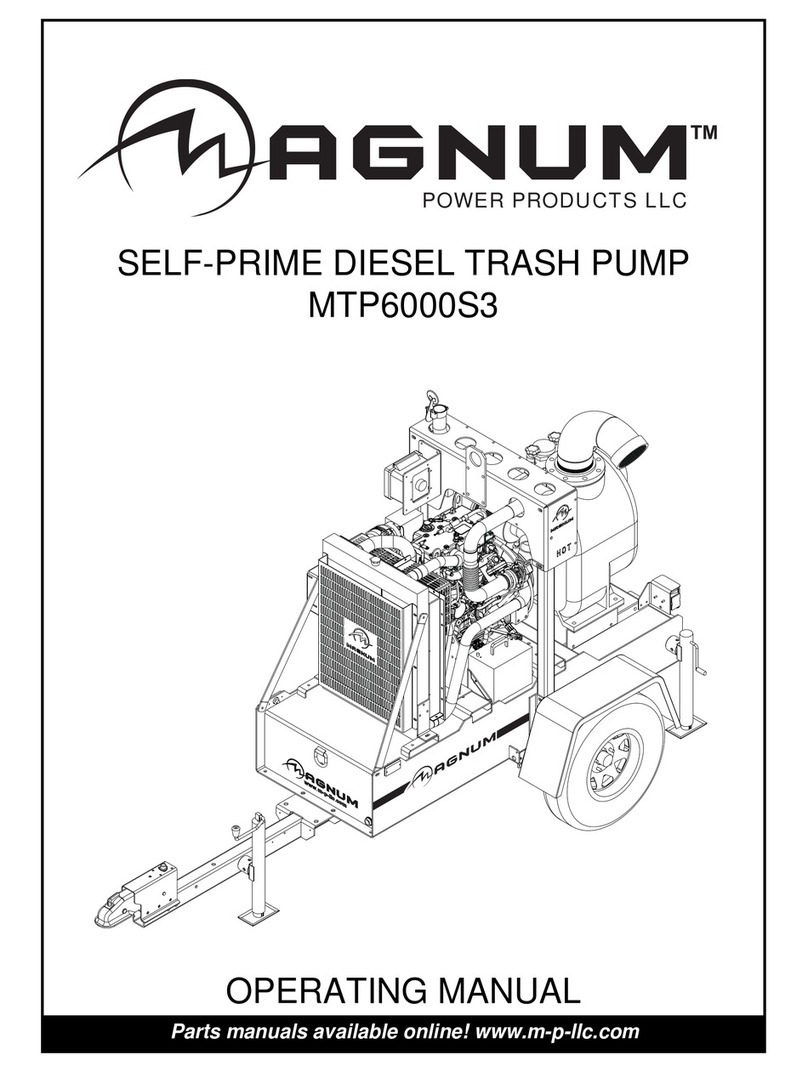
Magnum
Magnum MTP6000S3 operating manual
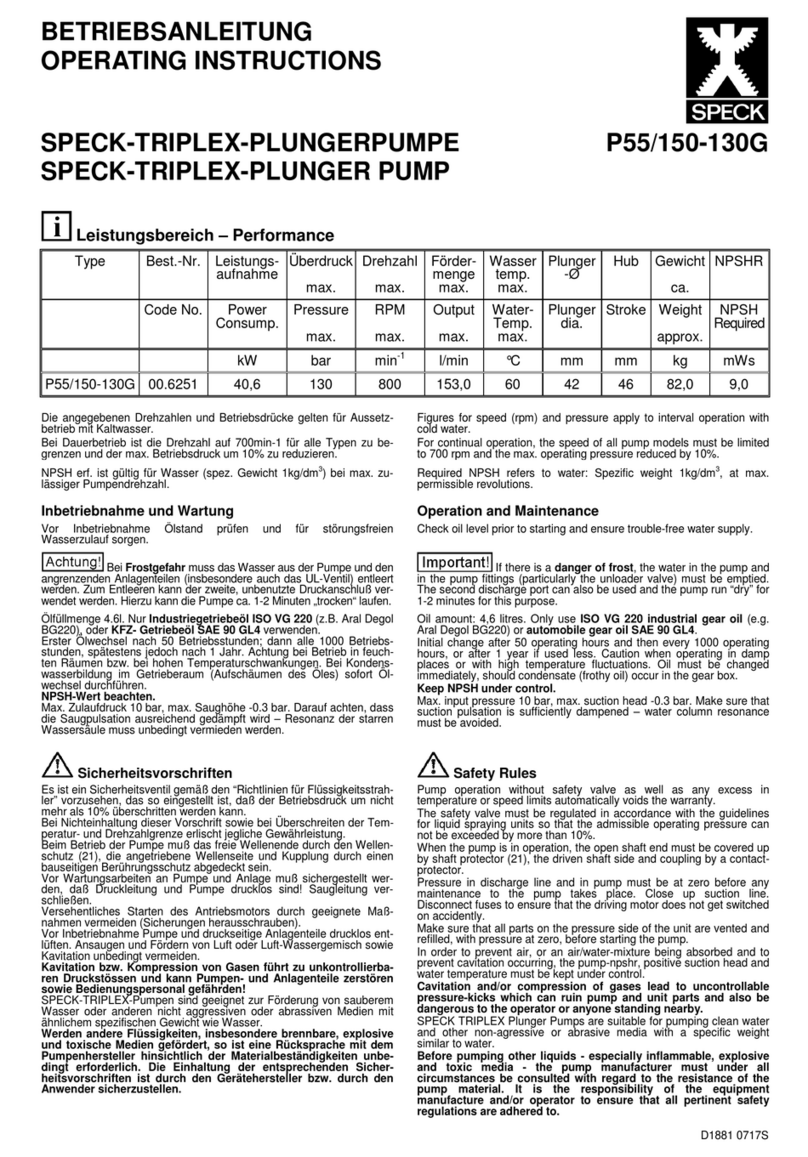
Speck
Speck P55/150-130G operating instructions
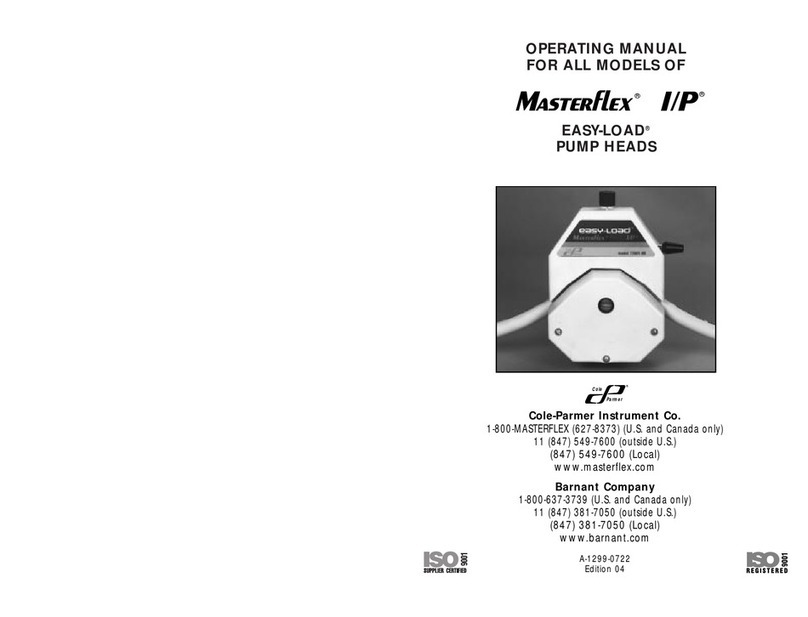
Barnant Company
Barnant Company masterflex i/p operating manual


